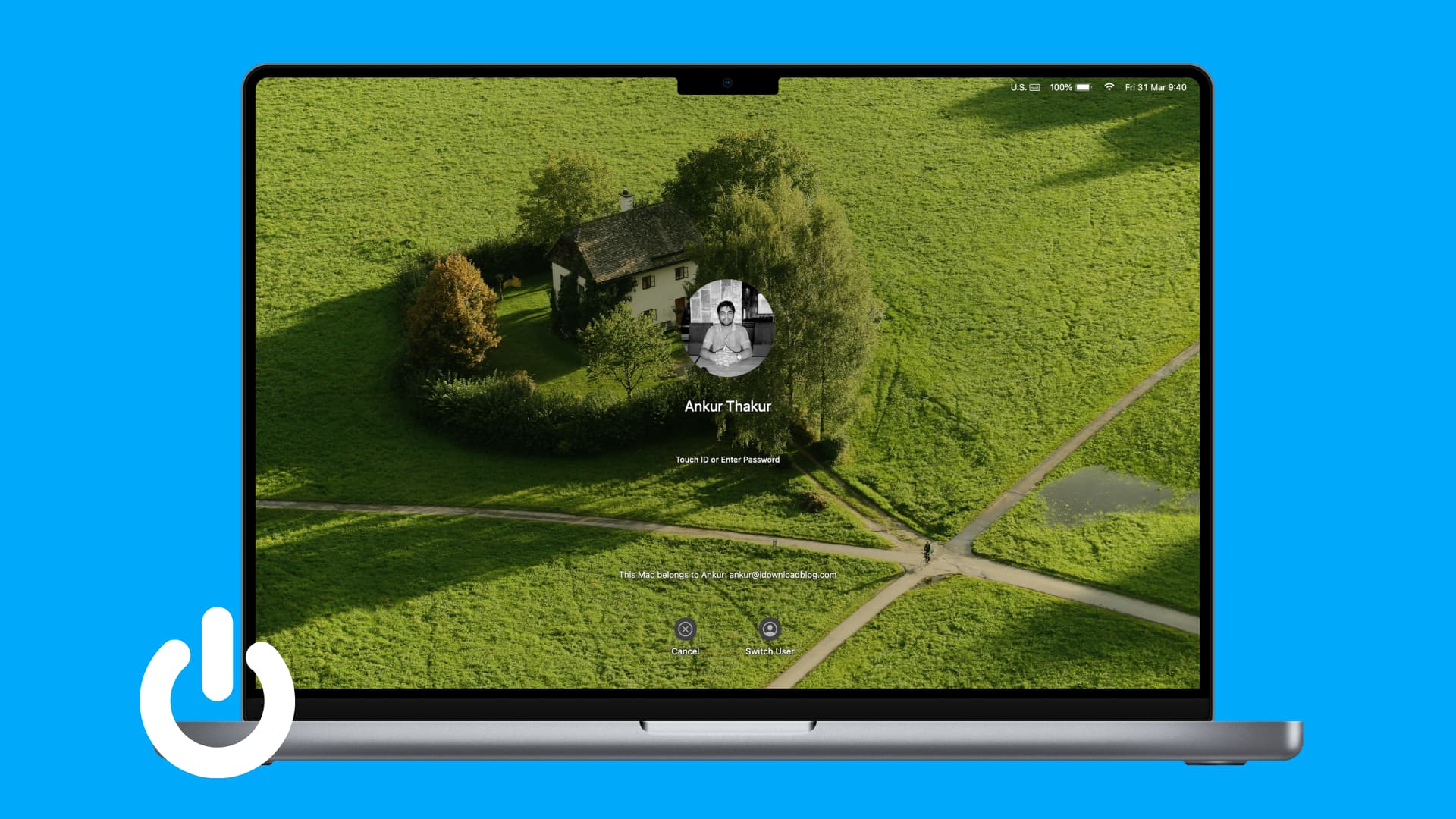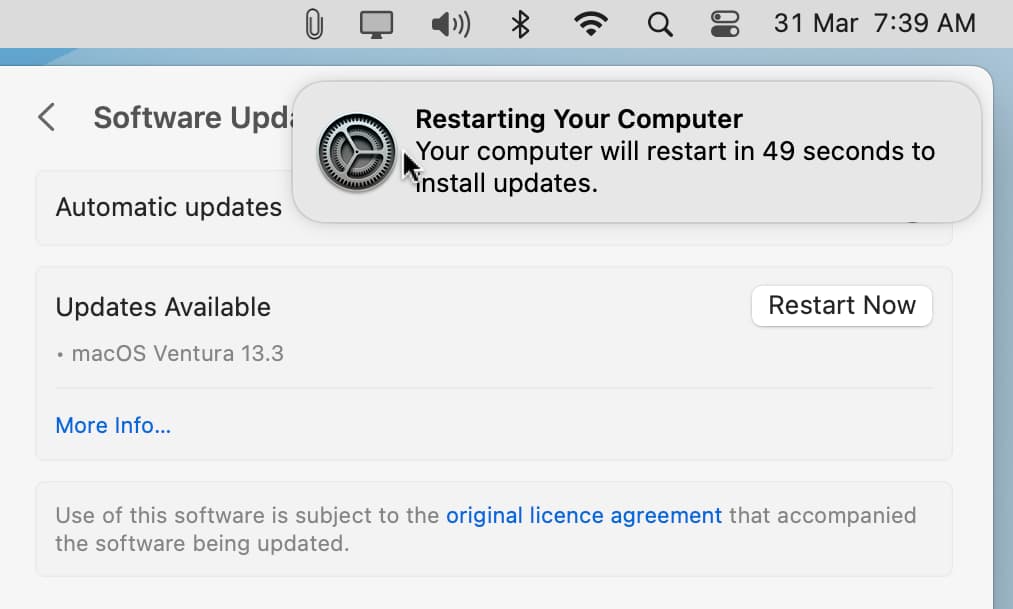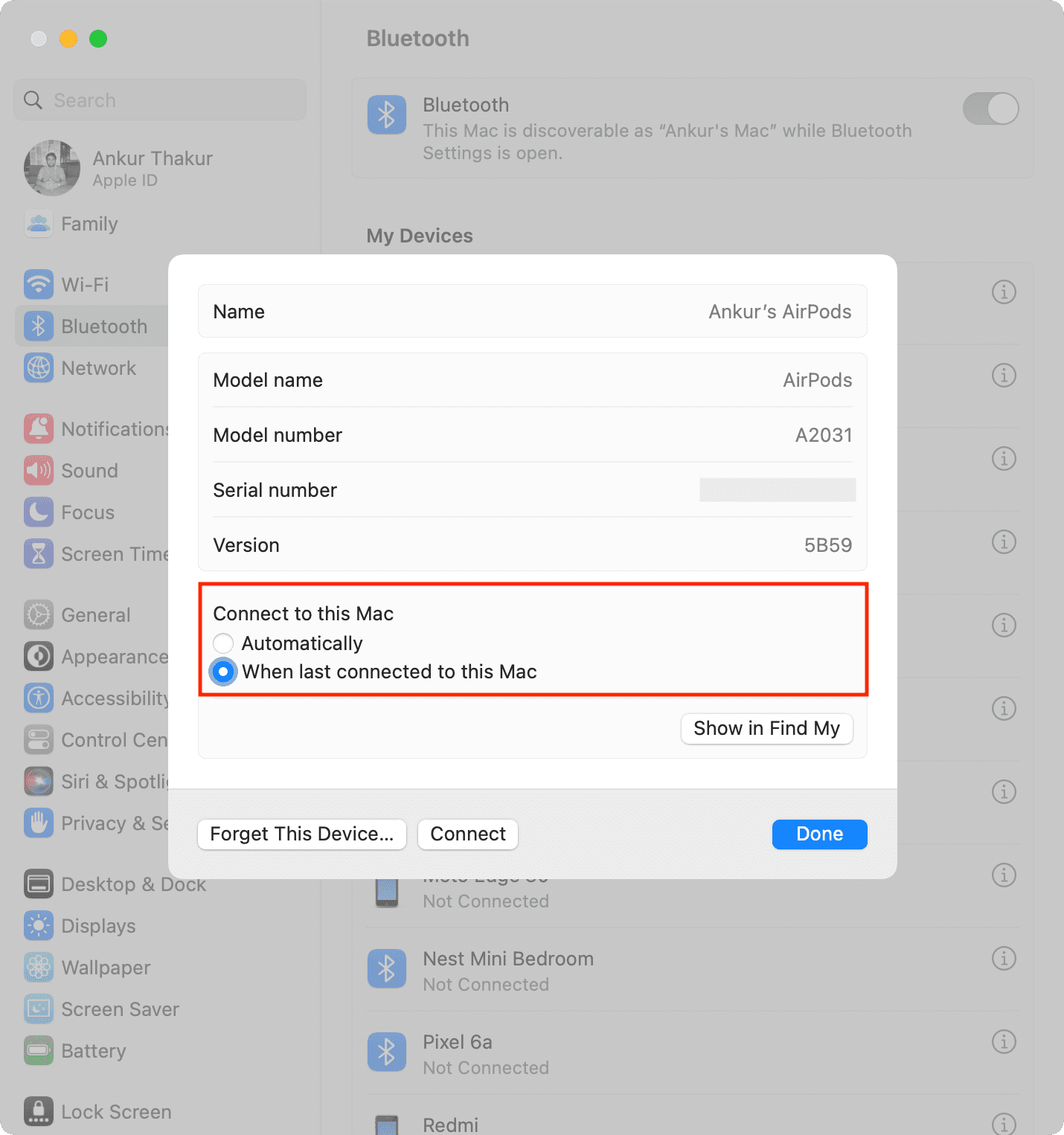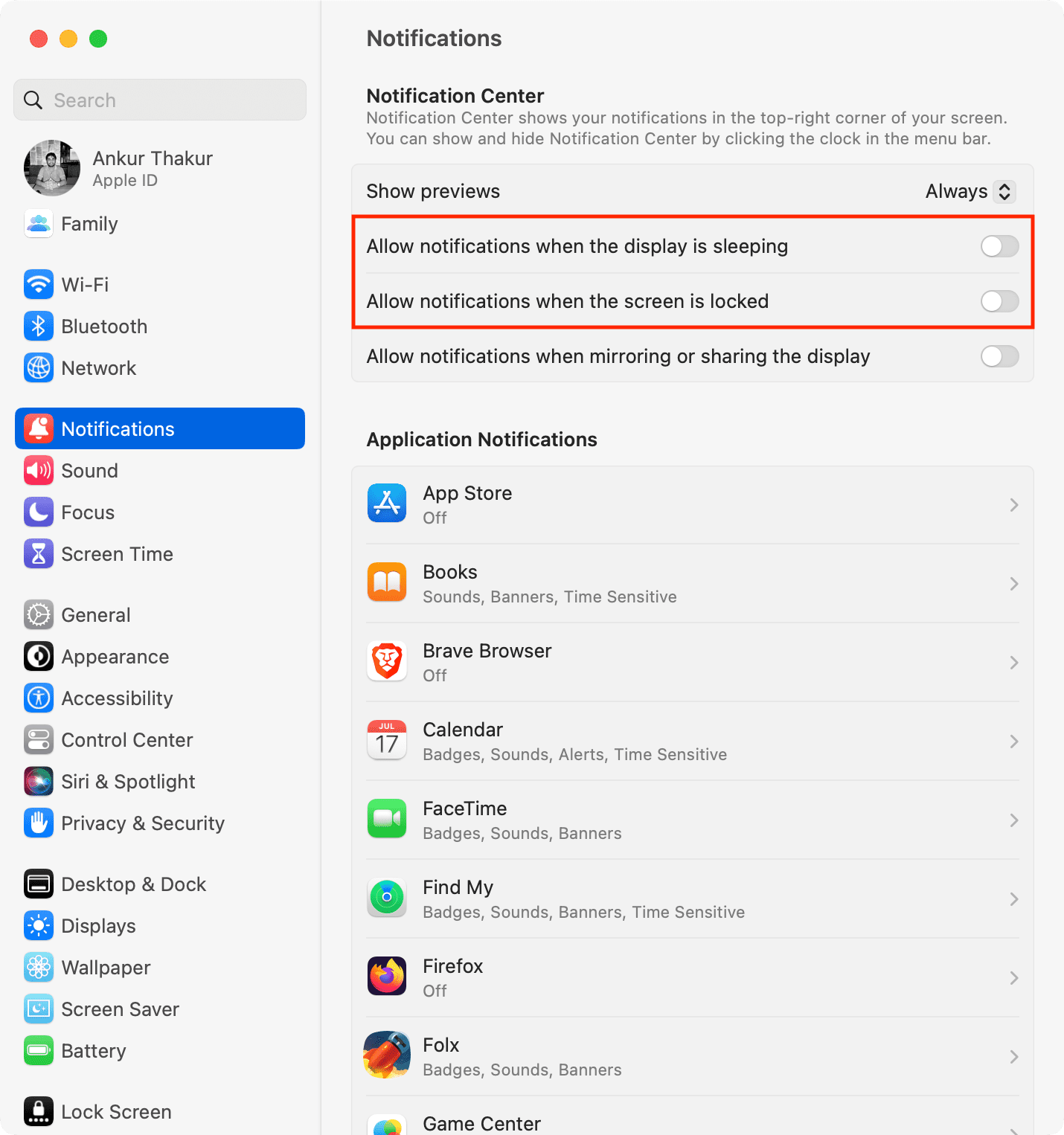Do you find your MacBook sometimes waking up from sleep mode or turning on by itself, even when you’re not using it? This can be frustrating and can drain your battery life unnecessarily.
In this troubleshooting guide, we will go over the reasons behind this issue, and provide you with some simple solutions to stop your MacBook from powering on or waking up the screen automatically.

Stop MacBook from booting when you open the lid
MacBooks launched in 2016 and later switch on automatically when you open the lid or press any key on the keyboard (not necessarily just the power button). I can understand that it’s highly irritating for many users, including me.
The good news is we have a tutorial explaining how to turn off automatic boot when opening the MacBook lid. The bad news is this may not work on MacBooks with Apple silicon.
Stop MacBook from turning on automatically on a fixed schedule
You can set your Mac to turn on and shut down automatically at the set times. If you ever enabled it or are unsure, follow the steps below to turn it off:
- On macOS Monterey and earlier: System Preferences > Battery > Schedule > uncheck Start up or wake and Sleep, restart or shut down > Apply.
- On macOS Ventura or later: Open Terminal > enter
sudo pmset repeat cancel> hit the enter key and confirm with your Mac’s password if asked.
Turn off wake for network access
Even when you have put your Mac to sleep, it can wake up automatically to keep an app updated with new content or use things like file sharing. Though it can be helpful, you can decide as per your needs and turn off this feature to ensure your computer doesn’t wake up without your command. Here’s how:
- Open System Settings and click Battery.
- Click Options.
- Hit the drop-down menu next to Wake for network access and choose Never.
- Finally, click Done.

Is a keyboard key stuck?
A stuck key of your MacBook can power on your laptop automatically. And when you turn it off, it can again boot up, continuing this on/off cycle. This silly thing may even force you to think that your operating system is corrupted or there is some other major problem.
To fix this, carefully inspect all the keys of your MacBook’s keyboard and make sure none of them is stuck or permanently pressed.
After a thorough inspection, open an app like TextEdit or Notes and see if any alphabet or symbol is entered automatically! If so, it means that specific key is stuck, and you can press it again to lift the stuck key. If needed, carefully use a toothpick to lift the stuck key and clean the area around it using cotton swabs.
Is there a pending macOS update ready to install?
- Automatic update: If a macOS update was automatically downloaded, it might have started installing, which caused your system to restart.
- Manual update: After you download an update, your Mac shows a notification saying it will auto-start in 60 seconds. If you do nothing, as said, Mac will automatically restart in a minute to finish the update. And if you close that alert, the update pauses and your Mac will install it the next time you restart your Mac.

Both these situations are normal, and there is nothing to worry about if you face this.
Inspect your MacBook carrying bag or sleeve
The MacBook lid and the bottom base have magnets that are responsible for turning on the computer when the lid is lifted and putting it to sleep when it’s closed.
Now, if the MacBook cover, bag, or sleeve you’re using has magnets, it may cause your computer to auto-start. Replace your laptop bag if this is the case.
Here’s a related video on MacBook’s sleeping and waking mechanism:
Stop MacBook from waking up when you open your AirPods case
Suppose your MacBook’s screen is off, but the lid is open. Now, if you open your AirPods case, the Bluetooth connection may wake your Mac, causing the screen to light up. Turning off “wake for network access” should put an end to it. And if not, follow these steps:
- Open System Settings and go to Bluetooth.
- Click the info button ⓘ next to your AirPods name.
- Select When last connected to this Mac under the Connect to this Mac heading.

After this, your AirPods will not connect automatically, but only if they were last used on this Mac and not any other device like your iPhone or iPad.
Turn off notifications on the Lock Screen
Your lock screen (with the lid open) will light up automatically when you get a new notification. This can be annoying if it’s night time and your laptop’s screen wakes up, illuminating the room. You can quickly stop this by blocking alerts on the Lock Screen:
- Open System Settings and click Notifications.
- Turn off “Allow notifications when the display is sleeping” and “Allow notifications when the screen is locked.”

Disconnect accessories
- Wired: After you power off your MacBook, take a moment to disconnect any accessories, like the mouse, printer, projector, displays, external drives, etc., that you may have plugged in.
- Wireless: Go ahead and reset the Bluetooth module if you believe a wireless device is causing issues and forcing your Mac to wake up abnormally.
Update your Mac
It’s also possible that your Mac is auto-powering on, restarting, or waking up from sleep due to bugs in the operating system. To address this, update your Mac to the latest version:
- On macOS Ventura and later: System Settings > General > Software Update.
- On macOS Monterey and earlier: System Preferences > Software Update.
Reset SMC
SMC (System Management Controller) handles some important hardware functions of your Mac, like power to the system and display management. If the solutions above didn’t help, reset your Mac’s SMC.
Reset NVRAM
NVRAM (Non-Volatile Random Access Memory) is a tiny memory that remembers your Intel computer’s startup-disk selection, display resolution, time zone, sound volume, etc. Now, if your Mac is powering on automatically, take a moment to reset the NVRAM, and hopefully, it will solve the problem.
Note: You don’t need to reset NVRAM on a Mac with Apple silicon.
Run Apple Diagnostics to test your Mac
Start up your MacBook in Apple Diagnostics mode and note the error code:
- ADP000: This means no issues are found.
- PPN001 or PPN002: This means there may be some issue with the power-management system.
If you get any other code, match it with this list of Apple Diagnostics reference codes.
Diagnosing can help figure out the problem, and you can share the code with Apple Support if you contact them.
Reinstall macOS (without losing data)
Before you move to the final solution, you can reinstall macOS, which should fix the issue if a serious glitch in the operating system is causing it.
Have a specialist check your MacBook
Finally, in case nothing helps, take your MacBook to an Apple Store or an authorized service center and have it inspected.
Check out next: